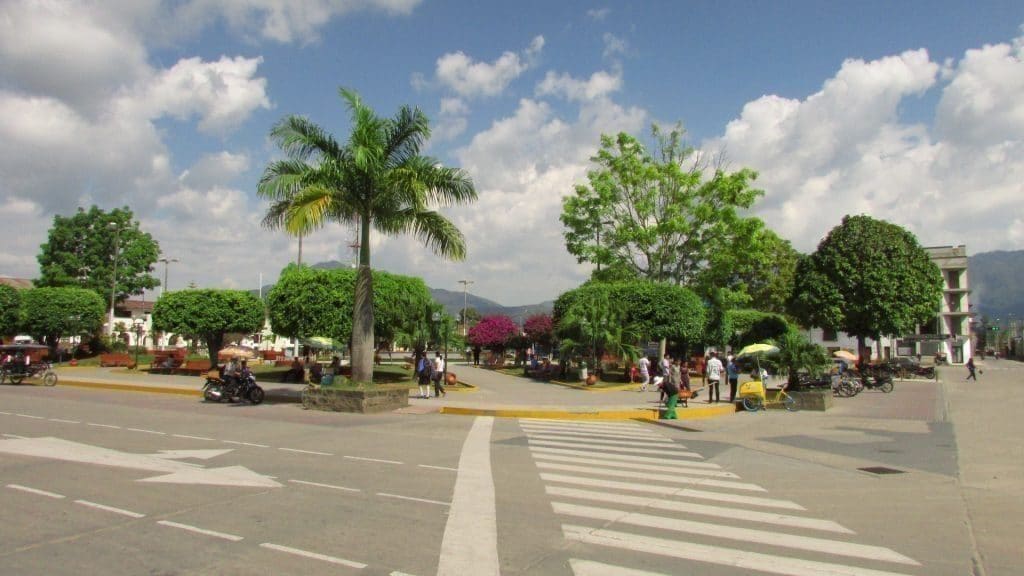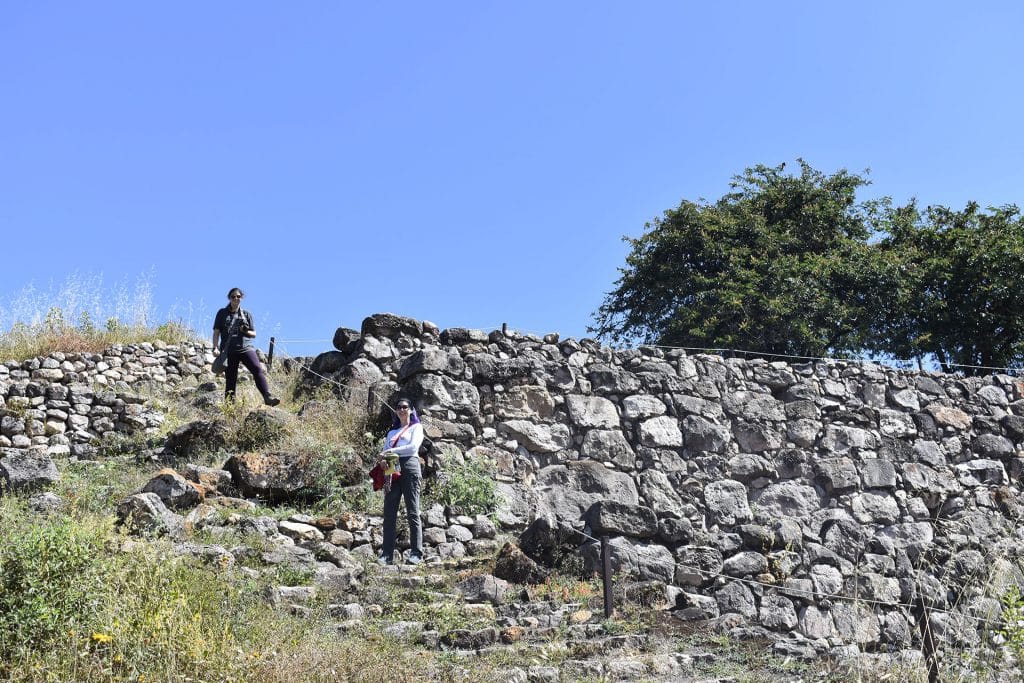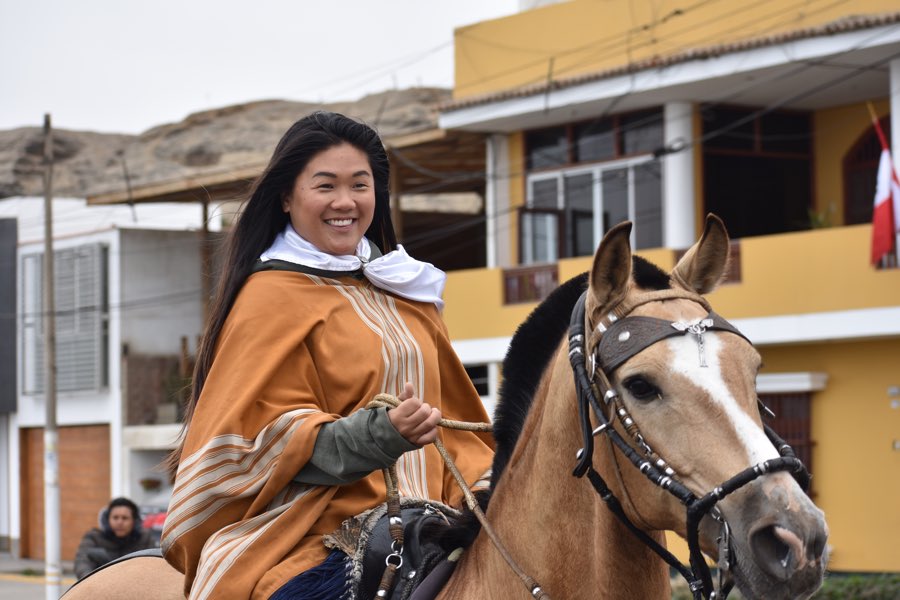The regions of North Peru are currently less known in France than the southern regions. But its tourist development is booming. You enjoy exuberant nature, archaeological sites older than the Inca culture and generous people.
As Peru is a huge country, two and a half times bigger than France, it is important to know the region you will visit. In fact, the country has different climatic zones. It is better to know what weather awaits you…
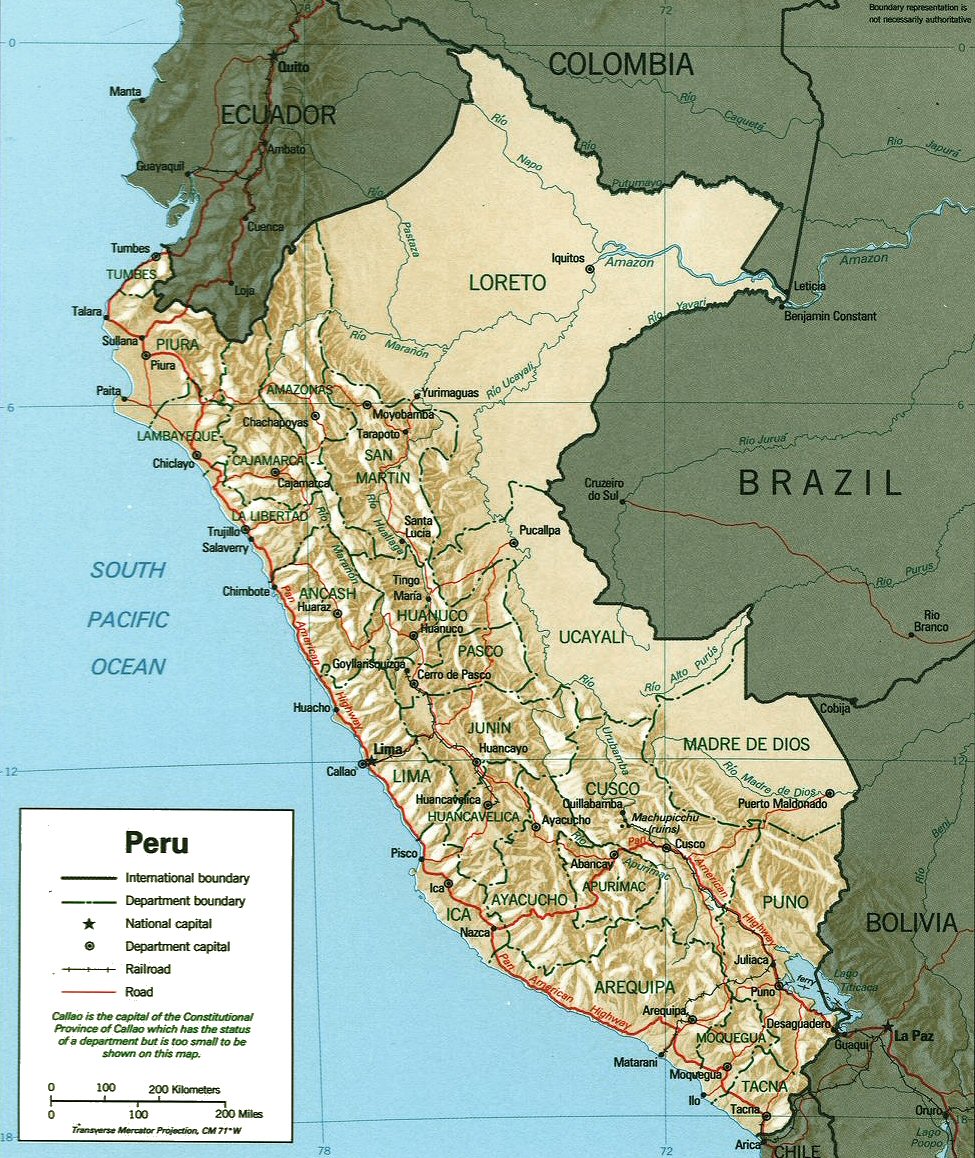
North Coast of Peru: Tumbes, Piura, Lambayeque and La Libertad
The regions of Tumbes and Piura are perfect for beach holidays in north Peru. Pacific water is hot and surfers can enjoy their passion. There are also several natural areas with whale watching or bird observation.
Then there are the regions of Lambayeque and La Libertad, known for their archaeological wealth and dry natural reserves.
Trujillo, the capital of La Libertad, is perfect for a shopping trip. Huanchaco or Pimentel, two villages by the sea, are ideal for a relaxing stay.
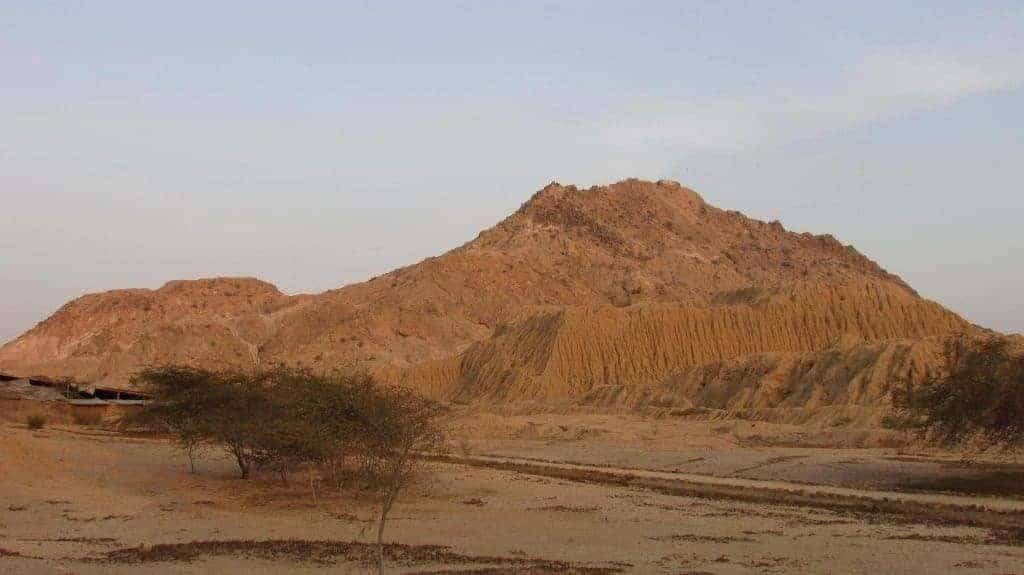
What to do on the coast of North Peru?
Archaeological sites
With the kingdoms of the Moche culture (this is pronounced Mo-che) and the Chimu culture (known as Chimu), history has left us many traces, ruins and mysteries. There is much to learn, and even more to discover. The museums of the north coast of Peru are modern and well presented. The Tumbas Reales museum in Chiclayo is one of the best in Peru!
Between Trujillo and Chiclayo, you will discover the incredible pre-Inca history of Northern Peru. Civilizations that lived and governed in these regions since 100 AD. They leave us dazzling vestiges to discover today, accompanied by a guide.
In the regions of Lambayeque and La Libertad are the following famous sites:
- Temples of the Sun and the Moon,
- Archaeological site of Chan Chan,
- Pyramids of Tucume.
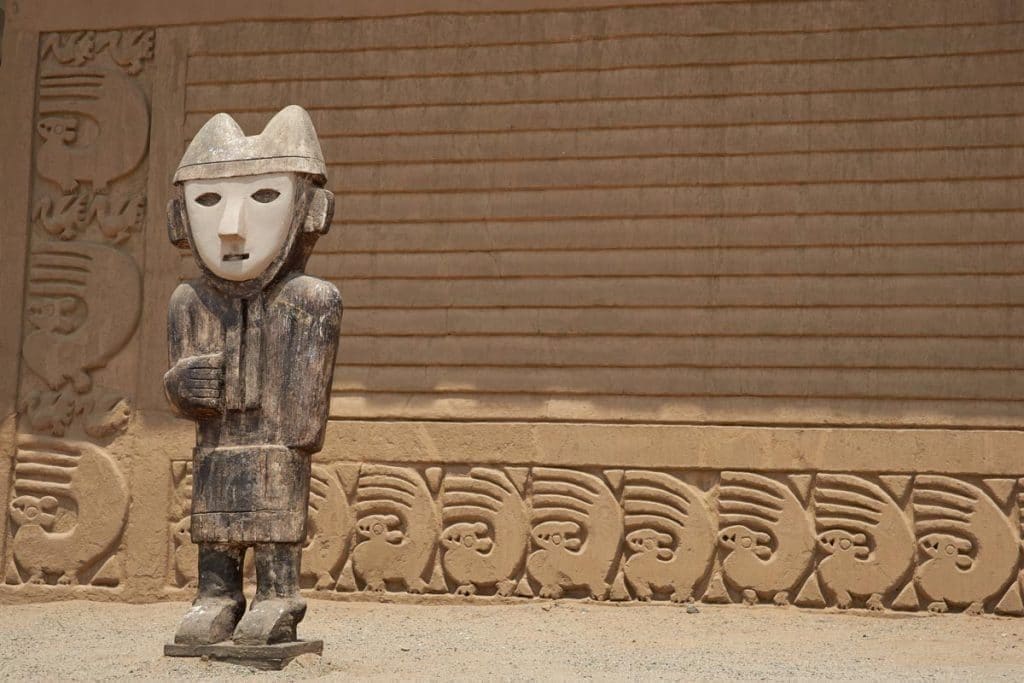
Experiences
We propose meetings and experiences with the inhabitants of the north coast of Peru. A cooking class? Learn how to make corn bread or sweet potato bread. More like an artist? Paint with ancestral patterns. Do you want something concrete? Build in an old way with bamboo and earth. The possibilities are enormous, as is Peru, or even just Northern Peru !
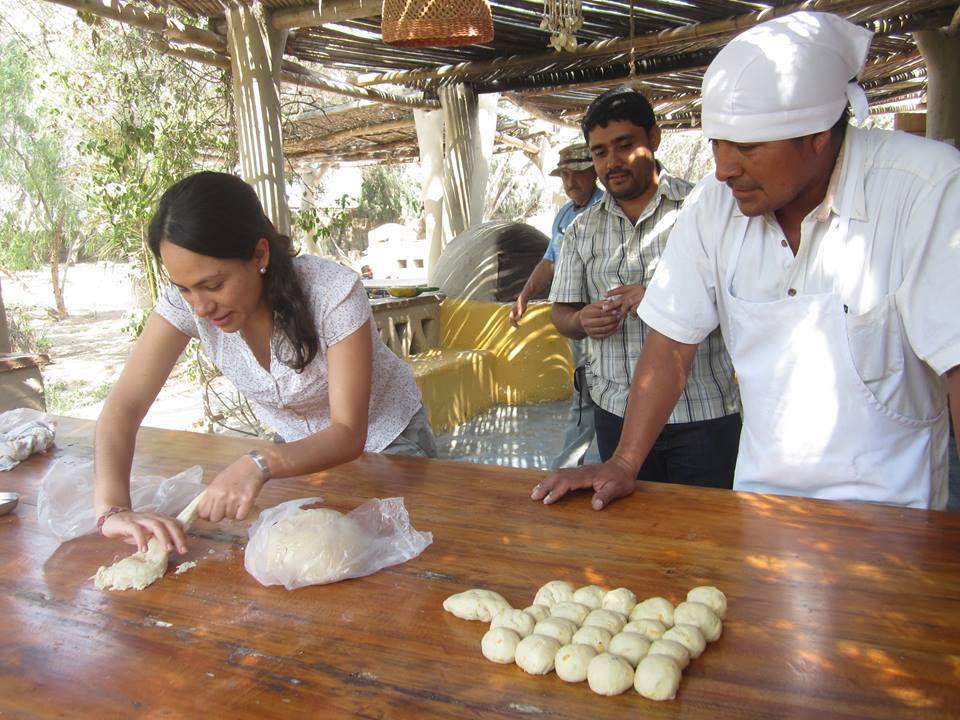
Beaches
The north coast of Peru has very beautiful beaches. For fans, the farther north you head towards Ecuador, the more you can enjoy the sea: surfing, strolling along the beaches, swimming or lazing around, it’s up to you!
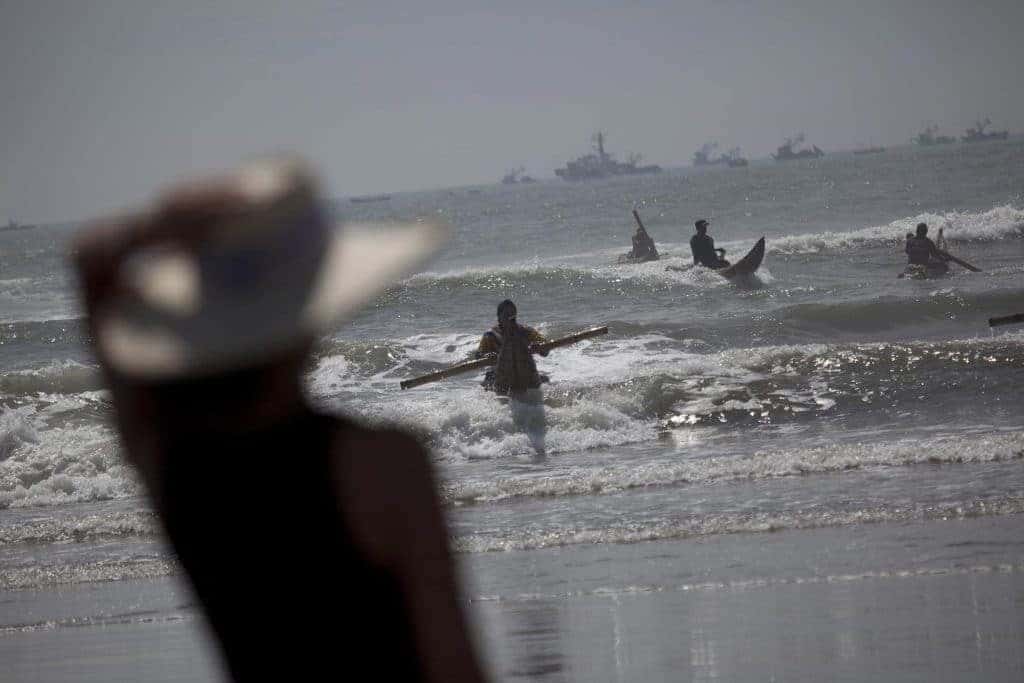
The best months to travel
The regions on the north coast of Peru have a semi-arid climate, so dry and hot. Summer temperatures, from December to April, range from:
- 25°C à 35°C the day
- from 18°C à 23°C at night
The rainy season is also in summer, but it does not rain much.
The rest of the year, it is quite dry and temperatures are between:
- 22°C et 30° C the day
- 14°C et 18°C at night.
In summary, there is no “best month of travel” for the northern side of Peru, unless you are afraid of the summer heat.
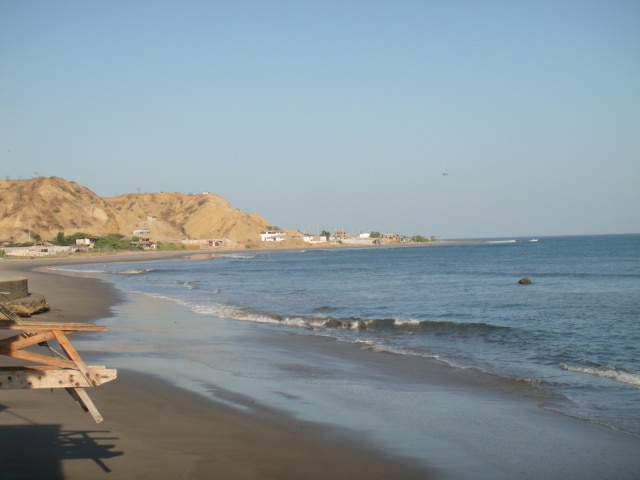
The Andes in North Peru
Tied to the regions of Lambayeque and La Libertad, you have Cajamarca. Other historical and archaeological sites await you there. It was in Cajamarca that the Spaniards killed Atahualpa, the last Inca emperor, AFTER the Incas paid the ransom required for gold and silver.
Then follows the region of Amazonas, which also borders Ecuador, inland. This region should not be confused with the Amazon and the jungle. – It has altitudes that vary between 400 m and 3600 m. This gives an extremely diverse fauna and flora.
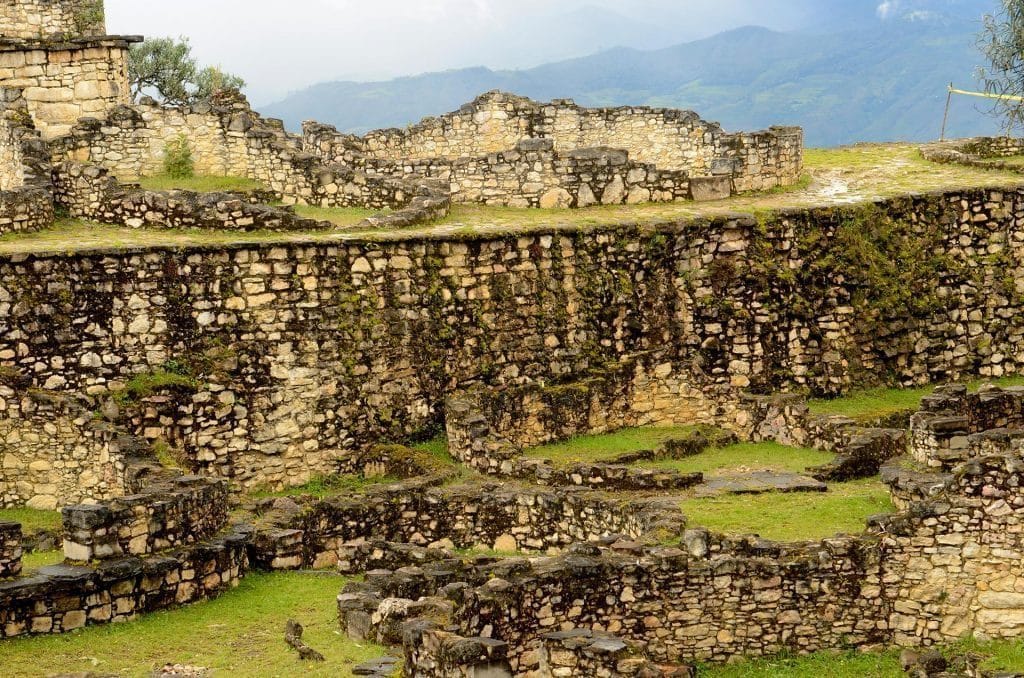
What to do in the Amazonas region ?
Visit Chachapoyas
The capital of the region, the city of Chachapoyas is located at 2 335 m of altitude. It is considered an excellent starting point to explore archaeological sites of the region. It is a small, nice and charming city, very calm and safe.
Our full article to discover Chachapoyas.
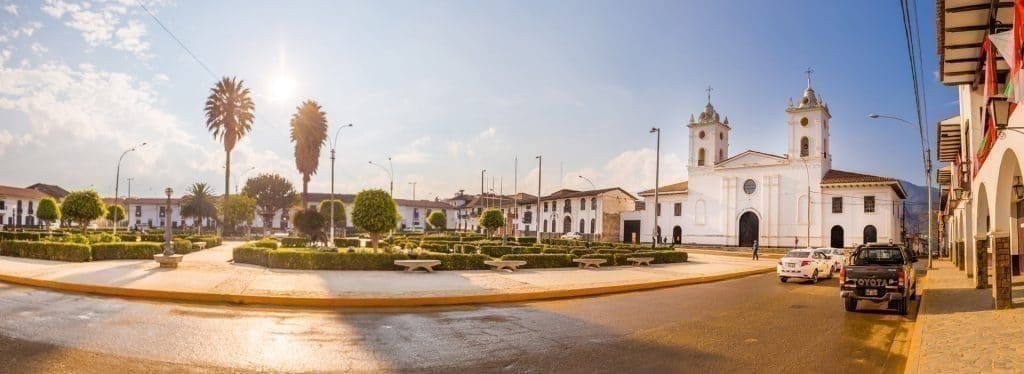
Visit the archaeological sites
Here you will find the ruins of Kuélap, which are older than Machu Picchu, and the sarcophagi of Karajia. But there is also:
- the Leymebamba Museum with its 219 mummies and a unique display of quipus,
- the Mausoleums of Revash,
- archaeological site of Pueblo de los Muertos
- and many other wonders again!
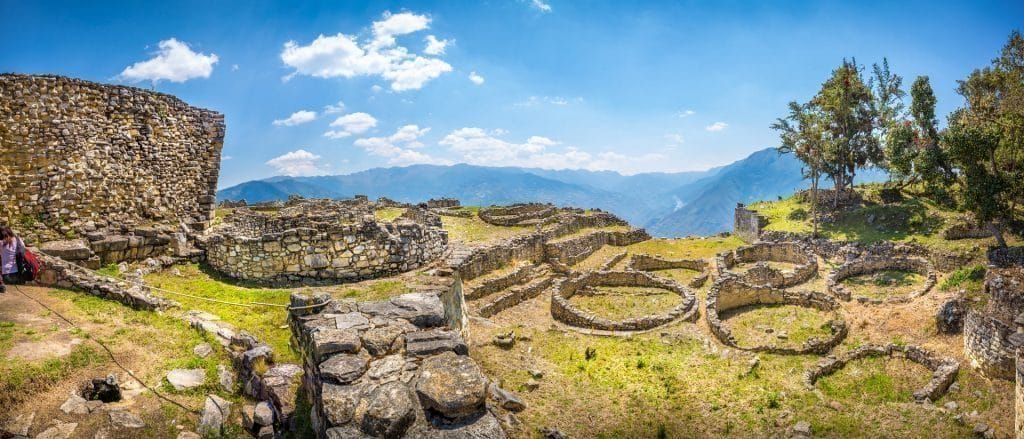
Get back to nature
In terms of nature, the Amazonas region is exceptional. You will find:
- the Gocta waterfalls, considered the third highest waterfall in the world,
- Yumbilla, other waterfalls where you can try adventure sports.
- beautiful lagoons like the Huamanpata lake or the Condors lake – more difficult to access. An article will appear very soon on the trek that leads to it.
For bird lovers, it is here, and only here, where you can see the famous Colibrí Cola de Espatula, the hummingbird whose tail divides in two with “spatulas” at the end. Another species of interesting bird is the Cock of the Rocks, a red bird with a rooster’s crest.
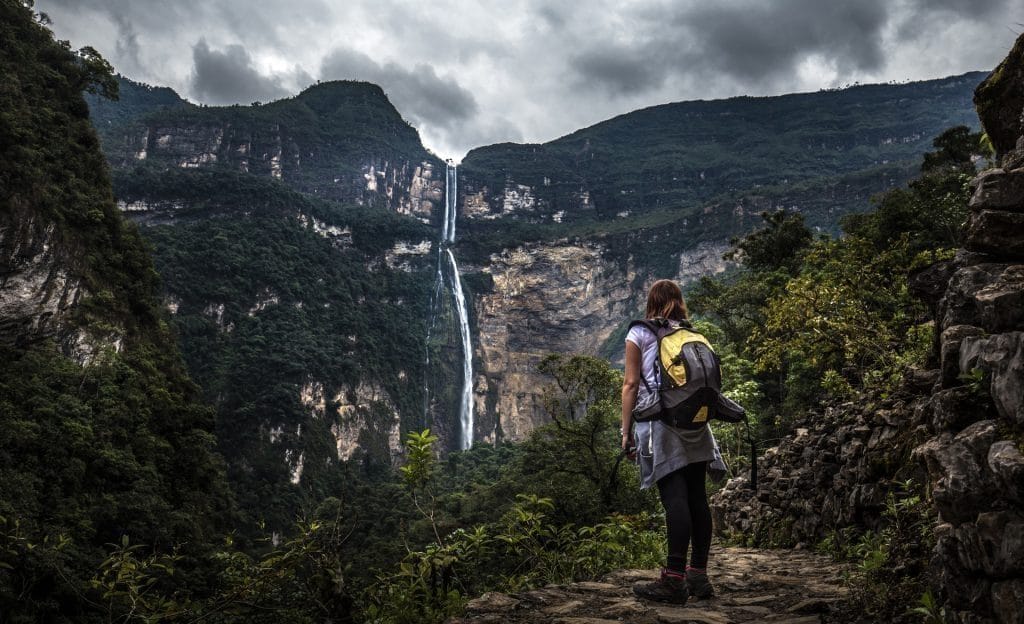
Experiences
Why not participate in a traditional activity, might it be weaving, wood sculpture painting or learning about coffee production in Northern Peru ? All of this is possible during your stay in the region of Amazonas.
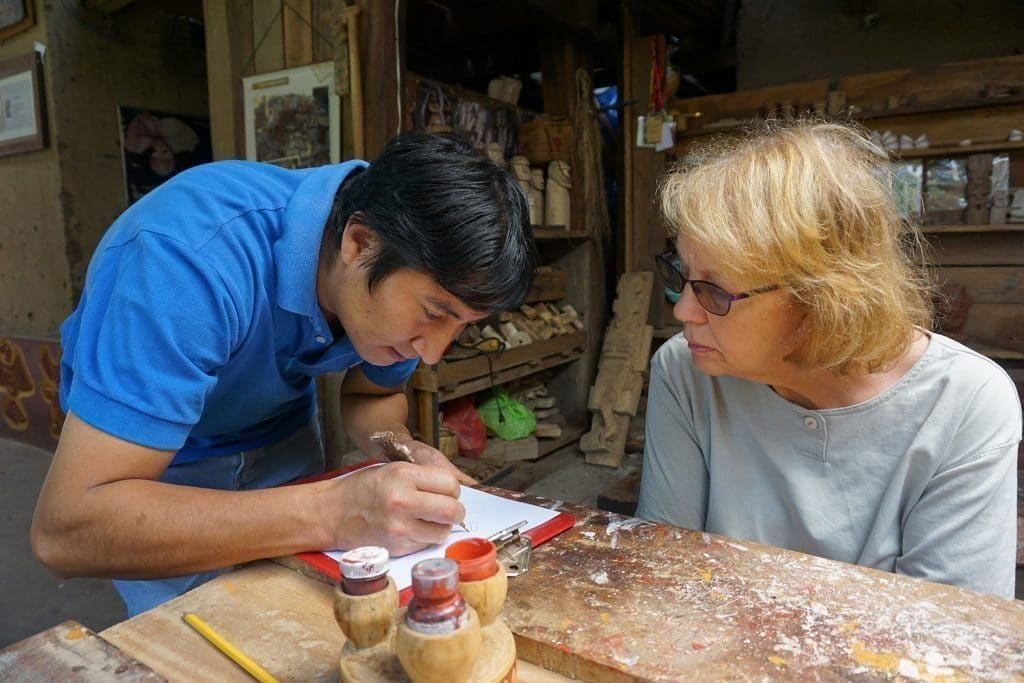
The best months to travel
The Amazonas region has two main seasons:
- of rainbetween November / December and April
- the dry season between May and October
The best time to arrive is in summer in our northern hemisphere. Roads will be clear and you should have a beautiful blue mountain sky. Plan warm clothes anyway, a vest for the night or when the sun goes down. The temperature is pleasant during the day, even hot. It is advisable to wear sunglasses, a good sunscreen and a hat. The sun here is not the same as in France. On the other hand, temperatures cool significantly at night. The houses and hotels in Amazonas do not have heating. For the cold, we recommend bringing your hot water bottle.
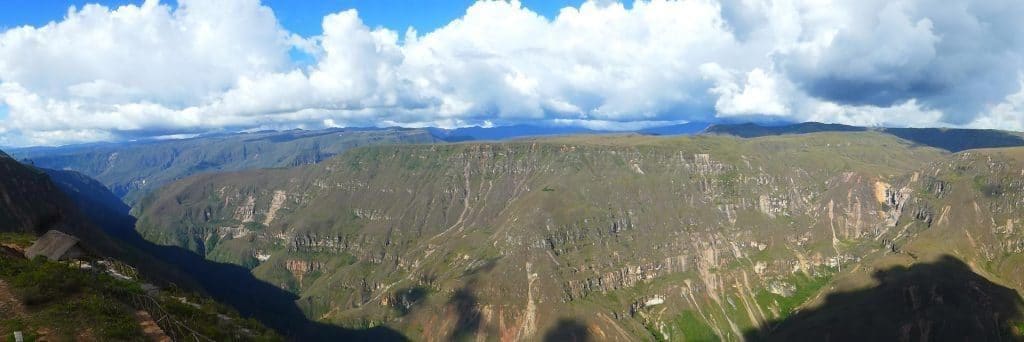
San Martin: the Amazon in north Peru
The San Martín area offers a view of the Amazon rainforest. You can do canoe tours and visit unique nature reserves. Or learn all about cocoa production and planting.
Nature excursions
San Martin is a region of huge regional parks such as Cordillera Escalera, but as well smaller conservation areas close to Moyobamba. Reaching Tingana is already an experience by itself, as it takes you 45 minutes by car, then 45 minutes by speed boat. Once you arrive in the reserve, you will get along by canoe.
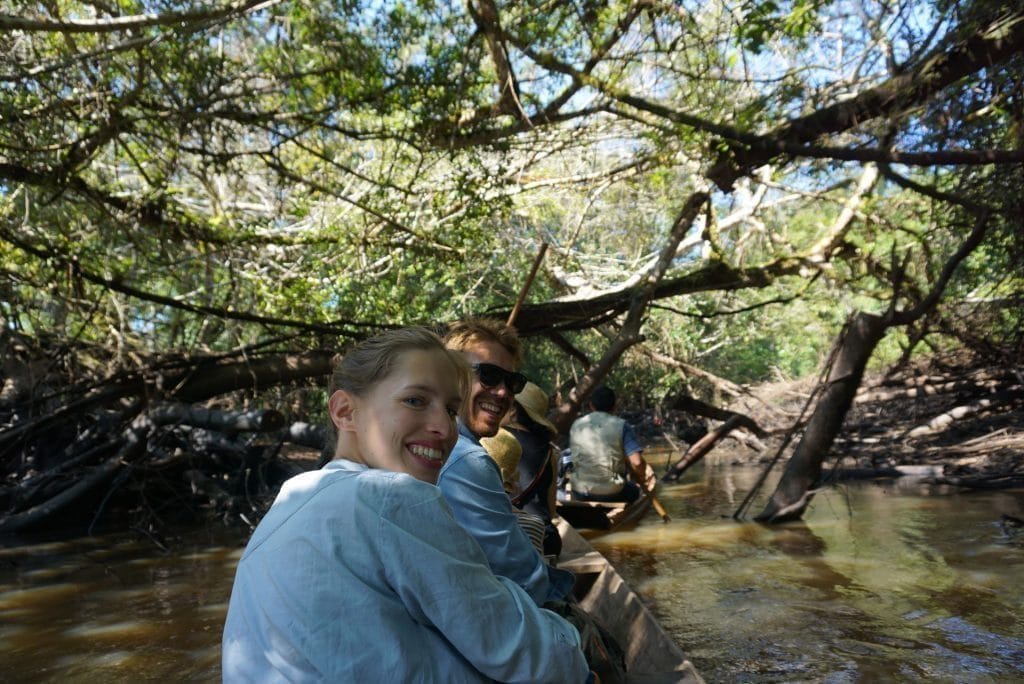
Experiences
Even further into the Amazonian jungle is the village of Chazuta. In Heriberto’s house you can learn everything about chocolate production, the cocoa beans, organic farming, but also ancestral ceramic techniques or how to make paper out of banana trees.
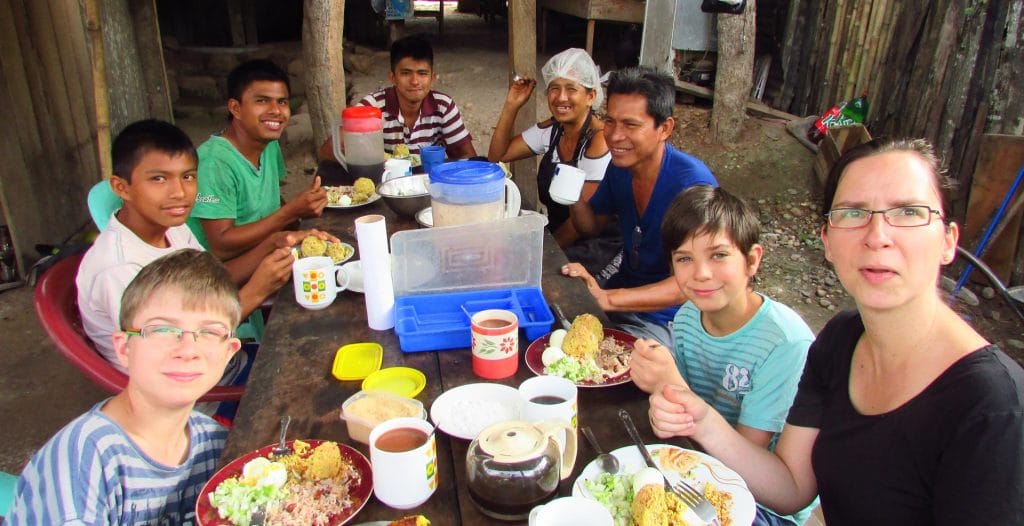
The best months to travel
In the eastern part of the San Martin region, particularly in Tarapoto, it has a tropical climate, very hot and humid. Here it is also necessary to differentiate the “real” rain season, between November and March, and the rest of the year, when it rains also less.
Therefore, one can travel to San Martin throughout the year and enjoy the Amazon rainforest.
